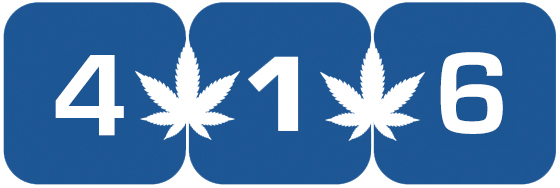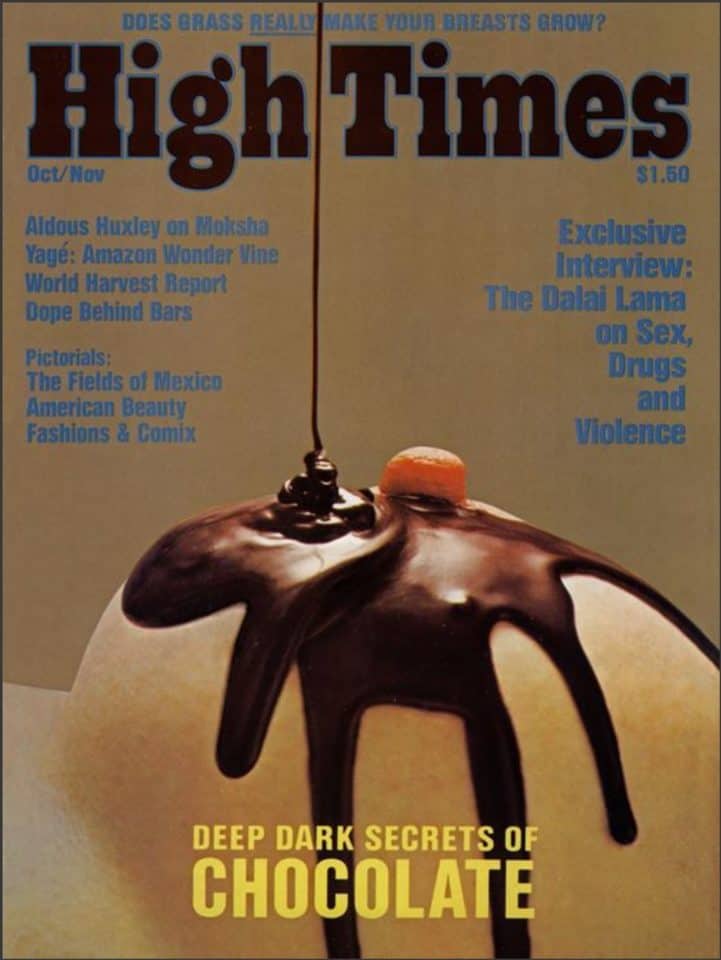Each Friday, we’re republishing an article from the High Times archives. This week, we’re bringing you an article by Robert Lemmo, published in the October/November, 1975 issue.
Nineteenth-century America has oft been called “a dope fiend’s paradise,” owing to the fact that opium, morphine, cocaine, cannabis extract, nitrous oxide and various other neo-taboo highs were then freely and cheaply available to all comers. Modern dopers are apt to clench their nostrils in abject jealousy at the thought of their forebears sauntering down to the village greengrocer or corner apothecary to pick up an ounce of pure coke for $2.50—the price in New York at the turn of the century. The bubble burst in 1914 when the passage of the Harrison Act—a measure designed to keep the gentle weeds and helpful powders from the populace—drove thrill seekers to the street and prices to the ceiling. Luckily, chocolate slipped through the traps.
Chocolate, you ask? That treat for tots, that lozenge for lovers, that morsel for Mom? The very one. For, throughout its long history, chocolate has been looked upon as a delicious temptress, used not only as a food but also as a homicidal stimulant, a summoner of Satan and a devastating aphrodisiac. In “The Song of Right and Wrong,” G.K. Chesterton wrote:
Tea, although an Oriental,Is a gentleman, at least;Cocoa is a cad and a coward,Cocoa is a vulgar beast.
For all its vulgarity, chocolate is an immensely popular beast. World cocoa production in 1973—74 was estimated at 1.45 million tons; in the United States alone, chocolate is a $2.1-billion-a-year industry. And far from being confined to the mundane rectangular chocolate bar, cocoa today manifests itself in a spectrum of chocolate imagery rivaled only by the chopped chicken liver sculptures of the New York …
Read More
Author: High Times / High Times





